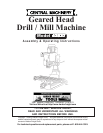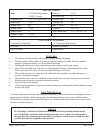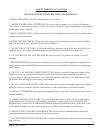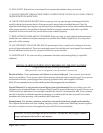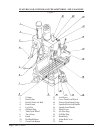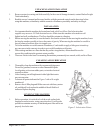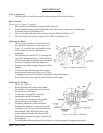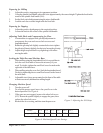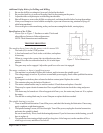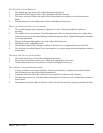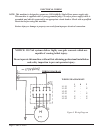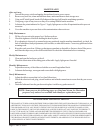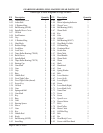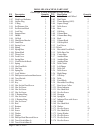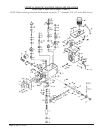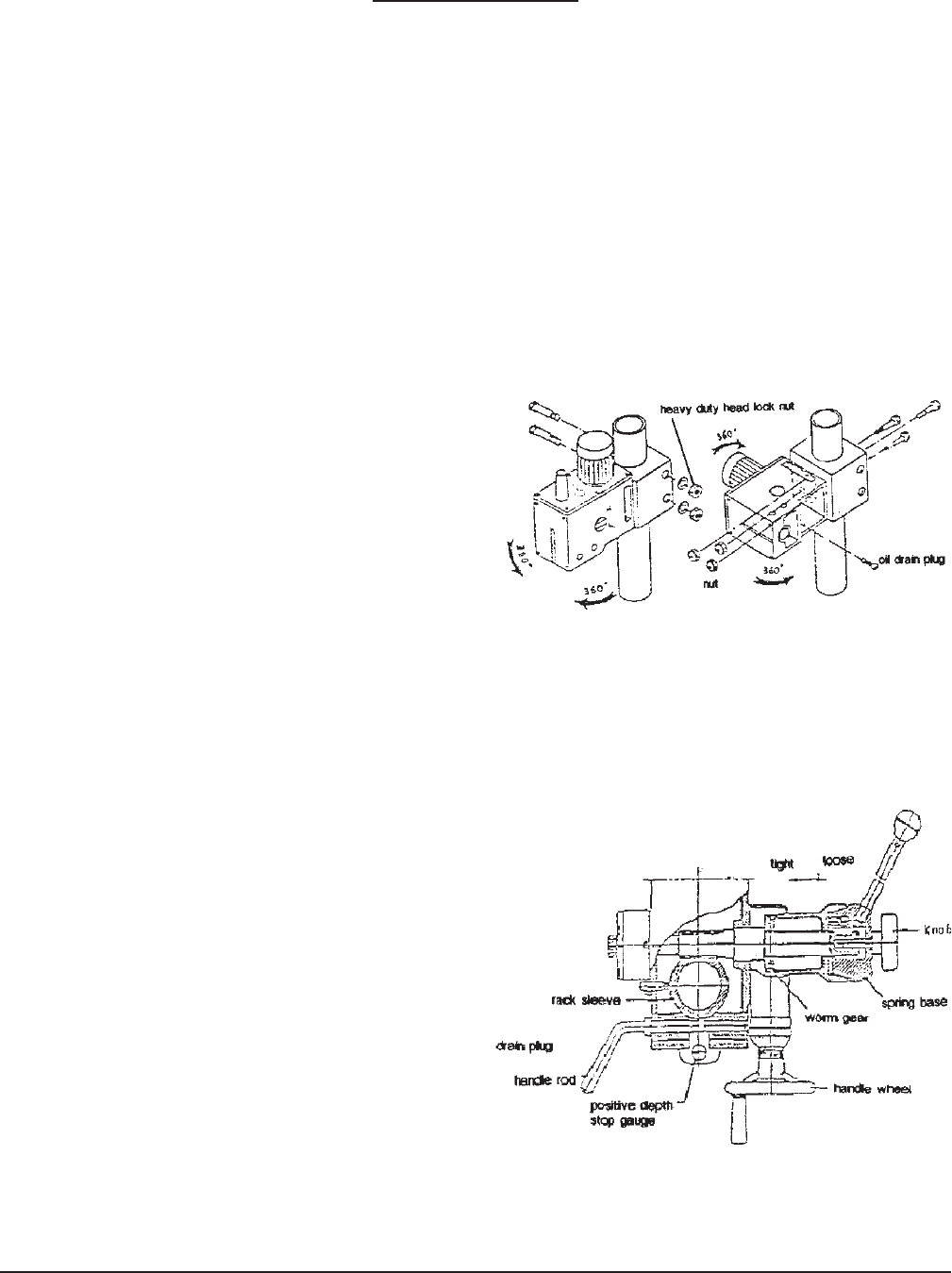
Page 7 SKU # 42827
BASIC OPERATION
Prior to Operation
1. Check the oil level, and if necessary fill to the mid point of the oil level window.
Basic Controls
Please refer to Figure 1 on page 5.
1. Raise and lower the Head by using the Head Crank (#4).
2. Feed the Spindle using Spindle Feed Handle (#16). Precise movements may be made using
the Spindle Micro Feed Handle (#15).
3. Move or feed the table from side to side by using the Table Feed Wheel (#7).
4. Move the Table front to back using the Cross Table Feed Wheel (#13).
Adjusting the Head
1. To raise or lower the head, loosen the 2 heavy
duty head lock nuts shown in the left part of
Figure 3. Use the left side head handle to raise
or lower the head on its rack and pinion
mechanism.
2. The head may be rotated 360
O
by loosening the
same bolts mentioned in item 1. Adjust the head
to the desired angle, then fix the heavy-duty head
lock nuts. Periodically check the tightness of
these nuts, especially during prolonged use of the
machine.
3. You may set the head at an angle by loosening
the three nuts shown in the right part of Figure
3. Retighten the nuts when you have set the angle at the desired degree.
Refer to the scale on the right side of the head to read the angle.
Preparing for Drilling
Please see Figure 4.
1. Rotate the knob in the center of the spindle
feed handle (#16) counterclockwise to loosen
the spindle for vertical travel.
2. You can move the spindle vertically by
operating the spindle feed handle.
3. For more precise movement of the spindle,
operate the micro feed handle (#15).
4. For drilling blind holes (which do not pass
through the workpiece), set the positive depth
stop gauge (#14). To do so, first determine the
desired depth. Then adjust the positive stop
gauge so that the distance from the tip of the
drilling bit to the end of the gauge is equal to the
desired depth.
5. For drilling holes that pass through the workpiece, set the stop gauge in its uppermost position.
Figure 3. Adjusting the Head
Figure 4. Settings for Drilling



